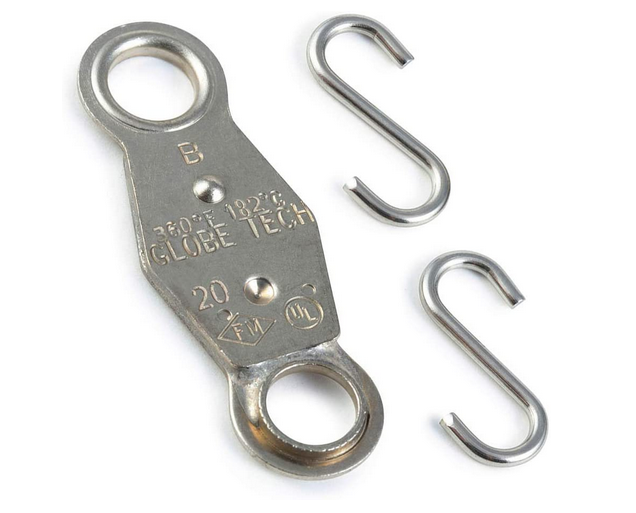
Fusible links are among the most common in use in all industries and have to be chosen for your welding program. There are a number of ways to bond the sheets of iron, aluminum or steel together. The G360B fusible link can be secured in one of these ways.
One way is with rivets. Rivets can fit inside the openings of sheet metal and use a G360B fusible link that is stuck to it. When the rivet is squeezed, the 2 sheets of alloy will touch each other. The G360B fusible link will bond the sheets together and allow the rivet to combine the sheets together easily. The G360B fusible link is designed to bond warmth and will continue to expand and contract during the compression phase of the weld.
Another method of using a fusible link to bond materials is by using an electrostatic force. This force can cause the sheets of metal to mix and will be subjected to an electric current once you apply pressure on the fusible link. The sheet metal can be exposed to moisture, which can cause the current to develop and also the sheets to fuse together. You may have noticed some loud noises during the process when the sheets are being fused together.
A fusible link is made of carbon and iron. It is very robust and can be used for welding. It's also referred to as a gas binder. They are great at the home industry since they don't require frequent maintenance.
The g360B fusible link is designed to hold the heat and will keep heat from building up. This allows for quicker and more precise welding. The weld will be quite near the sheet metal and will generate a smooth finish. You might need to generate a few passes to finish the weld, but it will be done quicker and with less time spent waiting for the weld to cool down.
For more details make sure you visit G360B.
























